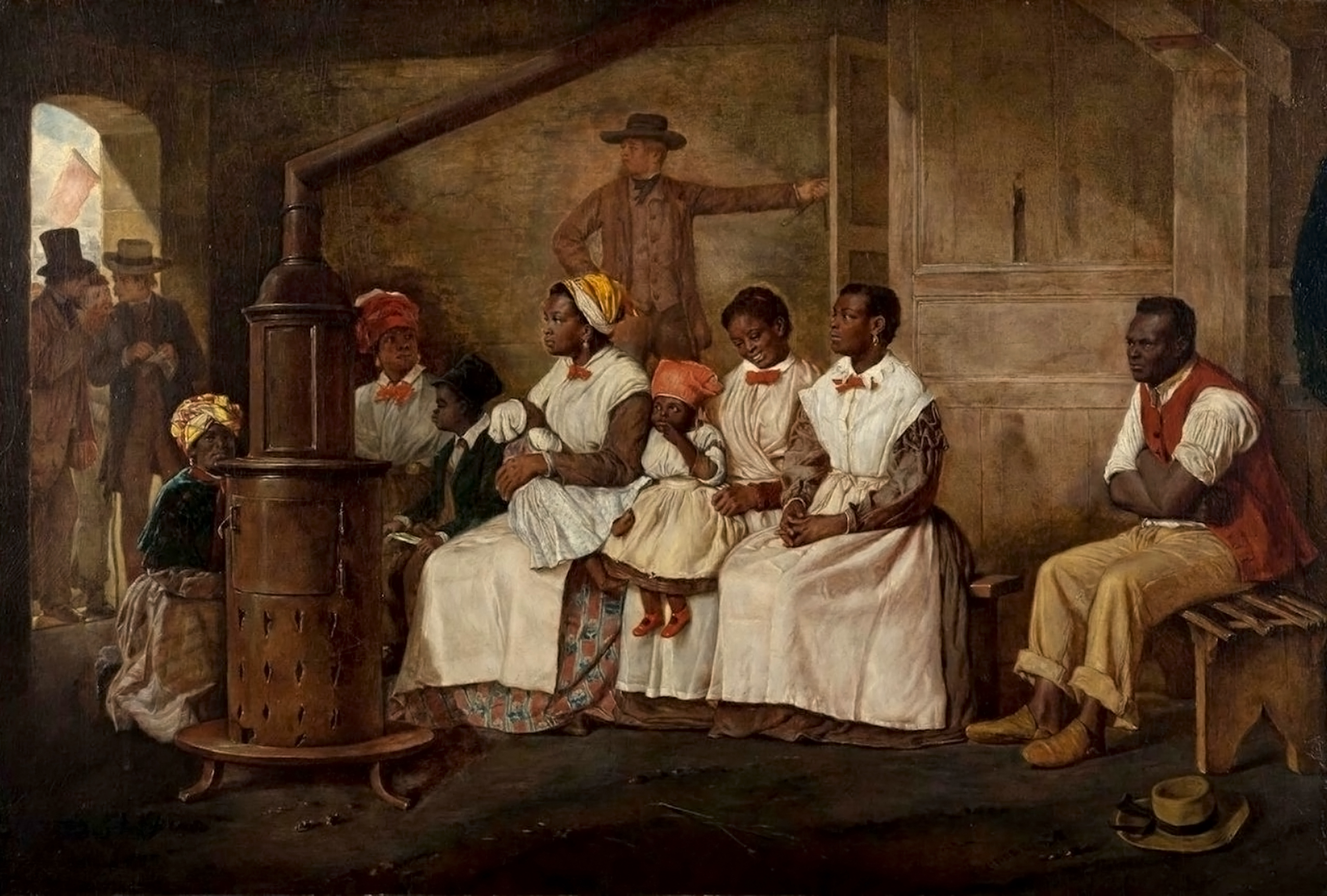|
|
When a new record set which contains the names of enslaved person is
discovered this information typically documented at the repository so other
researchers can find the data to determine if it will aid in their “slave wall”
research. In Virginia when new records are found institutions are encouraged to
send copies to the “Unknown No Longer: A Database of Virginia Slave Names” for use by patrons
of the Virginia Library and Archives.[ii]
The Mott letter collection has a few names of slaves
included in its pages, not only from Virginia but also with the extended Mott
family in Kentucky, and in South Carolina. As a collection, which until now,
was only seen by family members, these names and details may help a future
researcher break the slave wall for their family or client.
The table below shows the named slaves,
unnamed slaves, and person who were possibly slaves from the Mott letter
collection. Since these families were confirmed slave-owning families through
secondary sources, I presumed that mentions of maid or types of “help” referred
to a slave.
We can be sure Sarah was a slave in the Bentley
home, but only on loan to them from another person. Since Nancy, also identified
in the letter was offered in trade, we can also label Nancy as a slave.
Identified and possible slaves identified from the Mott letter
collection.
Figure ID
|
Name
|
To Whom
|
Date
|
1840_12_29_VM
|
Hannah
|
slave/servant to the Bentley
family
|
|
1840_12_29_VM
|
Joe
|
slave/servant to the Bentley family
|
|
1840_12_29_VM
|
Nancy
|
slave in the Bentley family
|
|
1840_12_29_VM
|
Sarah
|
Loaned to Bentley Family
|
Before 29 Dec 1840
|
1840_12_29_VM
|
None
|
Robert Bentley purchased 2
“servants”
|
29 Dec 1840
|
1842_10_15_VM
|
Sandy
|
slave/servant to the Legaré Family
|
|
1844_08_02_AM
|
Old Tom
|
||
1844_11_05_AM
|
Jimbo
|
Mr Gilchrist
|
Before 5 Nov 1844
|
1844_11_05_AM
|
Albert Long
|
Before 5 Nov 1844
|
|
1845_02_17_AM
|
Lucy
|
slave/servant to Mary E Martin
|
|
1845_04_10_AM
|
Robert Winston's Mother
|
Before 10 Apr 1845
|
|
1846_10_28_VM
|
Rose
|
maid / slave to Lizzie Legaré
|
"Sarah has left and gone to live with her Master, she
did not like the idea much of leaving. Father proposed buying her off her
master or trading Nancy for her, but her master said he could not part with
her."
Due to the loss of Sarah Robert Bentley, father of
Virginia Bentley purchased servants on 29 December 1840. These persons were
slaves as indentured servitude was no longer practice at that time in Virginia.
"Father went down to Prince William this morning to
purchase a servant for the house and one for the farm"
However, no records were located for a bill of sale
at that time. They were either lost, destroyed, or not recorded.
Mary related information to her brother about slaves
in possession of friends and extended family. Sometime before 5 November 1844
she tells Armistead that “Mr Gilchrest’s Jimbo” died. While there were no
records found for slaves in 1844, there was an RJ Gilcrest on the 1850 Slave
Schedule for Union County, Kentucky where Mary lived at the time.[iii] In
the same letter, she relates that their Uncle Albert [Long] sold more of his
slaves, but a bill of sale was not found.
Knowing when and where a slave was sold are clues
used by researchers to build cases for placing slaves in a time and place.
Unfortunately, no existing records were found for Albert Long owning slaves,
but that does not mean he did not or that he did not bring them with him to
Kentucky from Virginia.
With the limitations of this project, research into
the Winston family also did not take place. However, descendants of the slaves
associated with Robert Winston, who according to Mary Mott Martin inherited
slaves from his mother’s estate, may not have known their ancestors were
originally from Virginia. In her letter to Armistead, she stated
"Robert has inherited some negros from Mrs Rs estate
which he expects to carry out. He will buy a light wagon in which we will all
over out we will be provided with a tent under which we will expect to lodge.”
At this time without further detail, the
identification of who his mother was and when he collected his inheritance is
not known. That fact does not mean this information is not significant,
however.
[i] Griggs, Cara F. (2015) African American
Research at the Library of Virginia to 1870. Library of Virginia. https://www.lva.virginia.gov/public/guides/AA_Genealogical_Research.pdf : March 2019.
[ii] Virginia Museum of History & Culture.
Unknown No Longer: A Database of Virginia Slave Names. https://www.virginiahistory.org/collections/unknown-no-longer-database-virginia-slave-names : accessed March 2019.
[iii] Census records. USA. Slave Schedule.
District 1, Loudoun County, Virginia. 1 June 1840. http://www.ancestry.com : accessed February –
May 2019.

No comments:
Post a Comment